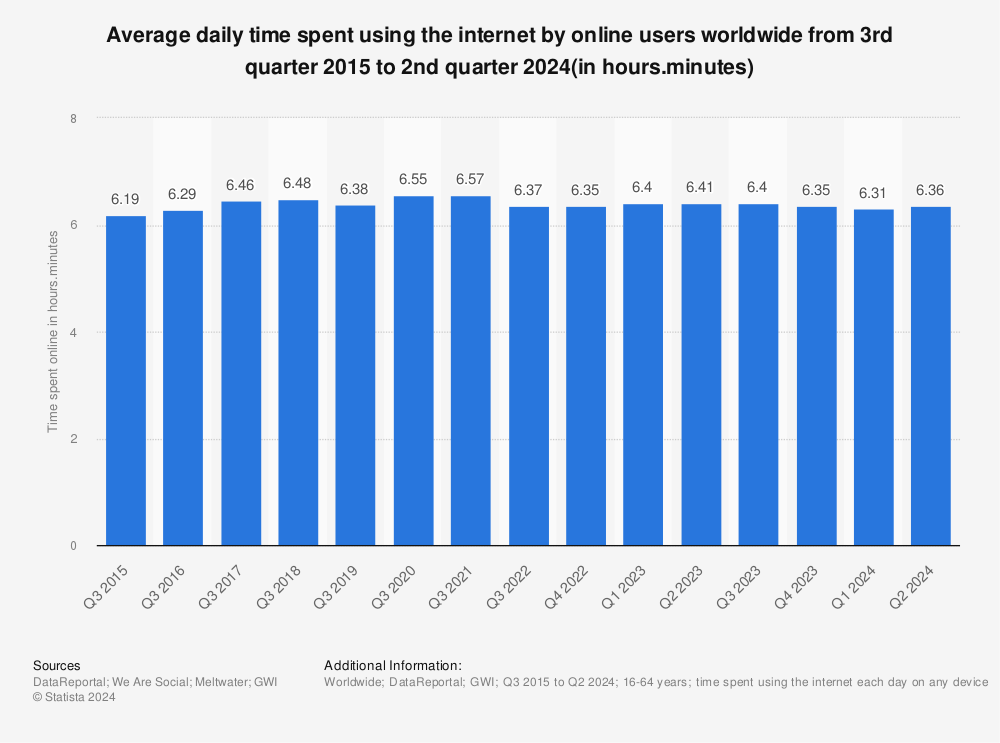Everything about digital eye strain and computer vision syndrome

Table of contents
- What is Computer Vision Syndrome?
- Symptoms of Computer Vision Syndrome
- What causes computer vision syndrome?
- Effects of Computer Vision Syndrome
- How is Computer Vision Syndrome diagnosed
- How to reduce or prevent digital eye strain?
- Which glasses and contact lenses are the best for Computer Vision Syndrome?
- Conclusions from Lentiamo
What is Computer Vision Syndrome?
Computer Vision Syndrome (CVS), or Digital Vision Syndrome (DVS), also known as digital eye strain, is a combination of eye and vision problems associated with the use of computers and other electronic devices.
Dr. Poonam Gupta, Ophthalmologist explains that Computer Vision Syndrome, specifically, refers to a range of eye issues including discomfort such as dryness, itchiness, and redness, along with blurred vision and headaches. Additionally, people affected by CVS or DVS may experience back pain as a result of poor posture while using computers for long durations.
According to Statista, workers in western countries spend at least 6 hours and 35 minutes online every day, using different digital screens. In the last decade, this number remained more or less constant, as shown in the graph below.

Source: Statista
Symptoms of Computer Vision Syndrome
The most common symptoms of CVS or digital eye strain are the following:
- Difficulty in focusing
- Neck pain
- Sore, tired or bloodshot eyes
- Blurred or double vision
- Watery or dry eyes
- Headaches
- Dizziness
Have you ever experienced any of the above, while working or being in front of a computer screen?
It’s easy to imagine how these symptoms can significantly impact our daily activities, making it more challenging to focus on tasks and leading to increased fatigue. The effects of CVS can extend beyond eye discomfort, potentially affecting mood and productivity, as we find ourselves overwhelmed or frustrated by our inability to see clearly or work efficiently.
What causes computer vision syndrome?
The most common causes of Computer Vision Syndrome or digital eye strain are:
- Poor lighting
- Glare on a digital screen
- Improper viewing distances
- Poor sitting posture
- Uncorrected vision problems
In many cases, a combination of these factors is responsible for eye strain. This combination can get even worse when you use digital devices for long hours in challenging environments, such as rooms with AC or central heating, a factor that often causes dry eyes.
When our eyes feel dry, their muscles and all the “moving parts” are stiffer, less elastic. This is a combination of forces that leads to visual discomfort and irritation, as well as other problems, such as the ones we listed in the symptoms paragraph above.
Medical News Today reports that studies have shown that when people are working on a computer, their rate of blinking goes down by two-thirds, which can also result in dry, stinging eyes. This problem is exacerbated for contact lens wearers, who already tend to suffer from dry eyes. Many doctors recommend the use of lubricating drops to restore and rebalance the moisture levels lost by the eye.
An advice from our opticians: There is also another rule similar to 20-20-20. Every time a person uses the space bar, they should remember to blink. This mind association helps us to think more about blinking, and to be consciously careful not to forget it.
Effects of Computer Vision Syndrome
According to a study made by the New York College of Optometry, around 40% of adults and up to 80% of teenagers may experience significant visual symptoms (principally eye strain, tired and dry eyes), both during and immediately after viewing electronic displays. Among the regular computer users, around 90% show at least one or more symptoms associated with CVS.
The constant focus on screens can lead to fatigue not only in the eyes but also in the brain, as it works overtime to process the information presented. The blue light emitted by screens can further exacerbate these issues, disrupting sleep patterns and contributing to a sense of overall tiredness.
The mental fatigue associated with excessive screen time can be particularly challenging, as it affects concentration and productivity. As people engage in tasks that require sustained attention, the brain can become overwhelmed, leading to chronic fatigue and an increase in irritability.
How is Computer Vision Syndrome diagnosed
CVS and DVS can be diagnosed with a thorough eye examination, which can include tests to evaluate visual acuity, eye alignment, and the health of the ocular surface. Additionally, practitioners may assess the ergonomic setup of the patient’s workspace, as improper lighting and screen positioning can intensify symptoms.
By combining subjective reports with objective findings, a clear diagnosis can be established, allowing for tailored recommendations to alleviate discomfort and improve visual health.
How to reduce or prevent digital eye strain?
Keep the correct distance
As with driving – keeping a safe distance is the best practice. For example, when reading (on your computer, phone, or tablet), make sure the text is always at least 30–40 cm away.
Proper lighting
When focusing on an object, try to position the light correctly and avoid creating shadows, as these can tire the vision. You can also adjust the brightness and contrast of a computer or TV screen to your personal taste.
The 20–20–20 rule
Every 20 minutes, take a 20-second break and look 20 feet (6 m) away. The best practice is to have at least two short breaks per hour (30 to 60 seconds is enough). Every two hours, take a 15 minute break.
Use eye drops
Lubricating or moisturising eye drops are an excellent everyday ally, providing rapid relief. They can be applied to soothe the eye against discomfort caused by air conditioning, heating, dusty or smoky environments, exposure to wind or sunlight, chlorine in swimming pools, wearing contact lenses, prolonged use of digital devices, and general tiredness. Medicine-free drops don’t have side effects and can be safely used by everyone.
New examination
Your vision performance is constantly changing, and it may be that your glasses or contact lenses are no longer suitable. Take a new eye test, you may find out you need to upgrade your glasses prescription or switch to a different kind of contacts.
Get back down to earth
Tension and abnormal posture can have a negative impact on your vision, but even most importantly on your body. Make sure your feet always touch the floor.
It is not difficult to follow these simple rules. These tips can be applied anytime, anywhere. And no matter how old you are – they will help you when reading your favourite book or sitting in front of a computer screen.
Which glasses and contact lenses are the best for Computer Vision Syndrome?
In recent years, the manufacturers of glasses and contact lenses have reacted noticeably to the problems of tired eyes caused by blue light. Various lens coatings now help effectively in coping with the difficulties generated by office life and the constant flickering of digital screens. Here are the most important products:
- Blue light glasses – Also known as computer glasses, feature a lens technology that filters the excessive amount of blue light from the screen. These glasses have been proven to reduce eye strain and fatigue, increase visual comfort, improve colour contrast and help focus throughout the day. Blue light glasses can also have a positive effect on the quality of sleep at night.
- Contact lenses optimised for digital devices – It’s now possible to find soft contacts that are specifically designed for wearers who spend a lot of time using a screen. One excellent example: the monthly Biofinity Energys, with their Digital Zone Optics Technology that helps against eye muscle strain, dryness, and tiredness associated with digital eye fatigue. Among the daily disposable, you can find Acuvue Oasys Max 1-Day with OptiBlue blue-violet light filter, that shields the eye from up to 60% of the light emitted by our electronic devices.
Looking for a perfect pair of computer glasses?
At Lentiamo you'll find high-quality models from the best eyewear brands. Do you need prescription glasses? You can have them fitted with a blue light filter, too.
Conclusions from Lentiamo
Digital eye strain encompasses a range of visual discomfort that arises from the prolonged use of digital devices. As our reliance on screens continues to grow, it becomes increasingly important to recognize the signs of digital eye strain and take proactive measures to alleviate its effects. Simple adjustments, such as adhering to the 20-20-20 rule, ensuring proper lighting, maintaining an appropriate distance from screens, and using eye drops can help us protect eye health in our digital age. And a small recommendation from our opticians: try to find more outdoor or sporting activities in your spare time, so that your eyes can rest from the constant pressure of close focusing.







